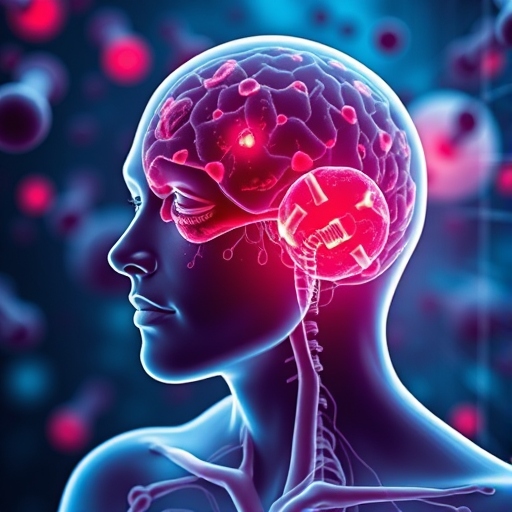Cancer is a complex and multifaceted disease that affects millions of people around the globe. As one of the leading causes of death, cancer not only impacts individuals diagnosed but also has far-reaching effects on families and communities. This blog post aims to provide you with an understanding of cancer, its types, symptoms, risk factors, and preventive measures to help you stay informed and proactive in your health journey.
What is Cancer?
Cancer arises when normal cells in the body begin to grow uncontrollably, leading to the formation of tumors. Tumors can be classified into two main categories:
1.Benign Tumors : Non-cancerous growths that do not spread to other body parts and usually do not pose a serious health risk.
2.Malignant Tumors : Cancerous growths that can invade nearby tissues and spread to other areas of the body through the bloodstream or lymphatic system, resulting in metastasis.
Cancer can develop in virtually any part of the body, leading to a wide variety of cancer types with differing behaviors and treatment responses.
Common Types of Cancer
Understanding the common types of cancer can help identify risk factors and preventive measures:
1. Breast Cancer
Description : One of the most prevalent cancers among women, though men can also be affected.
Risk Factors : Age, family history, genetic mutations (BRCA1 and BRCA2), obesity, and alcohol consumption.
2. Lung Cancer
Description : A leading cause of cancer-related deaths, primarily associated with smoking.
Risk Factors : Smoking, secondhand smoke exposure, occupational hazards (e.g., asbestos), and family history.
3. Prostate Cancer
Description : Common in older men, this cancer forms in the prostate gland.
Risk Factors : Age, family history, and race (higher risk in African American men).
4. Colorectal Cancer
Description : It affects the colon or rectum and can develop from precancerous polyps.
Risk Factors : Age, personal or family history of polyps, inflammatory bowel disease, and diet.
5. Skin Cancer (Melanoma)
Description : Cancer that develops in the skin’s melanocytes and is influenced by UV exposure.
Risk Factors : Excessive sun exposure, tanning beds, and a history of sunburn.
Symptoms of Cancer
Early detection plays a critical role in successful cancer treatment. Some symptoms to keep an eye out for include:
– Unexplained weight loss
– Persistent fatigue
– Changes in skin or mole appearance
– Unusual bleeding or discharge
– Lumps or masses in the breast, testicles, or lymph nodes
– Persistent cough or trouble breathing
If you experience any concerning symptoms, consult your healthcare provider for further evaluation.
Risk Factors
While some risk factors are unchangeable, being aware of modifiable ones can empower you to take steps to lower your risk:
Non-modifiable Risk Factors:
– Age
– Family History
– Genetic predispositions
Modifiable Risk Factors:
– Lifestyle choices: Smoking, excessive alcohol consumption, poor diet, and lack of physical activity.
– Environmental exposure: Avoiding carcinogens, such as certain chemicals and radiation, can lower risk.
– Obesity: Maintaining a healthy weight can reduce the risk for certain types of cancer.
Prevention Strategies
While not all cancers are preventable, many risk factors can be mitigated through healthy lifestyle choices:
1. No Tobacco Use
Quitting smoking and avoiding secondhand smoke can reduce your risk of several types of cancer.
2. Healthy Diet
Focus on a balanced diet rich in fruits, vegetables, whole grains, and lean proteins. Limit processed foods, red meat, and sugary beverages.
3. Regular Physical Activity
Engage in at least 150 minutes of moderate aerobic activity per week to help maintain a healthy weight and reduce cancer risk.
4. Protect Your Skin
Use sunscreen with a high SPF, wear protective clothing, and avoid tanning beds to reduce the risk of skin cancer.
5. Regular Screening and Check-ups
Screenings can detect cancer early when it is most treatable. Discuss appropriate screenings with your healthcare provider based on your age and risk factors.
Conclusion
Cancer is a formidable adversary, but knowledge is an empowering tool in the fight against it. By understanding the types of cancer, recognizing potential symptoms, and making informed lifestyle choices, individuals can enhance their chances of prevention and early detection. Stay proactive about your health, keep informed, and support research and awareness initiatives to contribute to the broader battle against cancer. Remember, you are not alone—many resources and support systems are available to help you through this journey.
